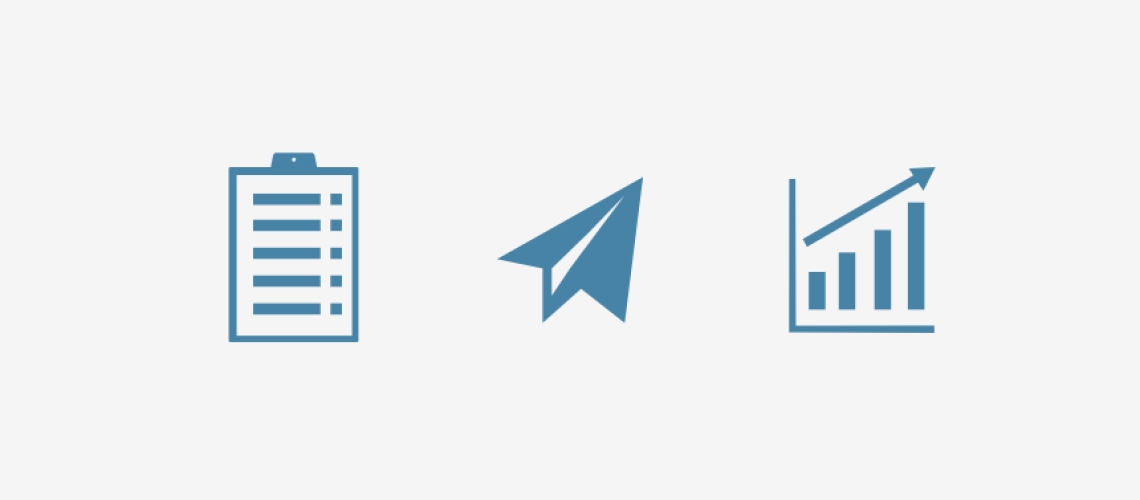Are surveys and questionnaires the same thing?
People often mistake these terms as synonymous, when the reality is that they aren’t.
However, if we’re to ask if surveys and questionnaires are the same thing, the answer is both yes and no. I know, trippy right?
What is the difference between survey and a questionnaire?
A questionnaire is any list of questions used for data collection. A survey is defined as a method of measuring opinions, experiences and other phenomena to inform wider research or actions.
So, now you’re wondering why the answer is both yes and no when asking if surveys and questionnaires are the same thing.
This is because questionnaires are often a tool used within surveys, especially in online surveys. You create a list of questions and distribute them to respondent. Then, once you have enough data, analyze your results for trends and patterns.

Survey research
Learn how to conduct survey research that aligns with best practices and collects the best quality data possible.
What is a questionnaire?
Technically, any set of questions written to gather information is a questionnaire. They’re usually narrow in their scope, length and audience and have a goal of collecting just one set of data.
When planning an event, you may send out a pre-event questionnaire to understand what your invitees expect or desire. This would inform the choice of speakers, activities and menu options and would only likely be run once.
Similarly, job applications usually contain a questionnaire in some form concerning an applicant’s employment history or medical information. This data would be used to inform candidate selection and nothing further.
What is a survey?
A survey is a process of collecting data to inform for some wider activity or research and is usually conducted frequently.
If we continue with the event example, you’d likely want feedback mid and post-event to determine its success. So, you’d put together a few Likert scale question types to gauge guest satisfaction with aspects of the event. This information would be used to improve an event as it’s happening or to create a following event.
Similarly, when running a market research project, you may conduct a survey with customers to identify the strengths and weaknesses of your brand. This data would be used to improve customers service protocols, product ranges and marketing activities.
However, neither example would end there.
Bench marking your progress
The same surveys would be run again after a period to measure the effectiveness of the changes made.
This would become a continuous cycle where feedback is collected, changes are made, progress is measured, and feedback is collected again.
Types of survey data
There are two major types of surveys, those that collect qualitative data and those that collect quantitative data.
Qualitative surveys
Quantitative surveys focus statistical data, e.g. a linguistic study documenting the use of a dialectal feature within a geographic region.
If you were using a questionnaire in your quantitative survey, you’d aim to collect the same type of data. This is where results can be quantified by statistical analysis, and so would consist of mostly close ended questions.

Qualitative data collection
Gain a better understanding of people’s opinions and motivations by collecting and analyzing qualitative data.
Quantitative surveys
Whereas, quantitative surveys ask respondents to share experiences, opinions and longer evaluative answers.
Therefore, you’d need to ask more open ended questions. An example of this would be to ask group of people about their time in your store or at an event.

Quantitative data collection
Collect and analyze quantitative data to measure the attitudes, behaviours and opinions of your respondents.
This isn’t to say a survey can’t incorporate both qualitative and quantitative methods. Sometimes statistical data is more effective when accompanied by open feedback.
These longer form responses can highlight why the statistics are weighted in a certain way. E.g. it’s not good enough to know how many customers like or dislike a product, you should also know why.
Survey vs Questionnaire
The truth is, for most people the difference between surveys and questionnaires is trivial. If you have a set of written questions, that’s a questionnaire.
The part of a survey that includes questions is also called a questionnaire. Just to confuse things further, some people may even refer to this as a survey questionnaire.
However, a survey also includes:
- writing a research premise
- survey design
- sample group planning
- distribution
- gathering data
- analyzing results
Want to ensure you collect the best quality data possible with your survey or questionnaire?
Take a look at our tips on how to create a survey that collects better data.

